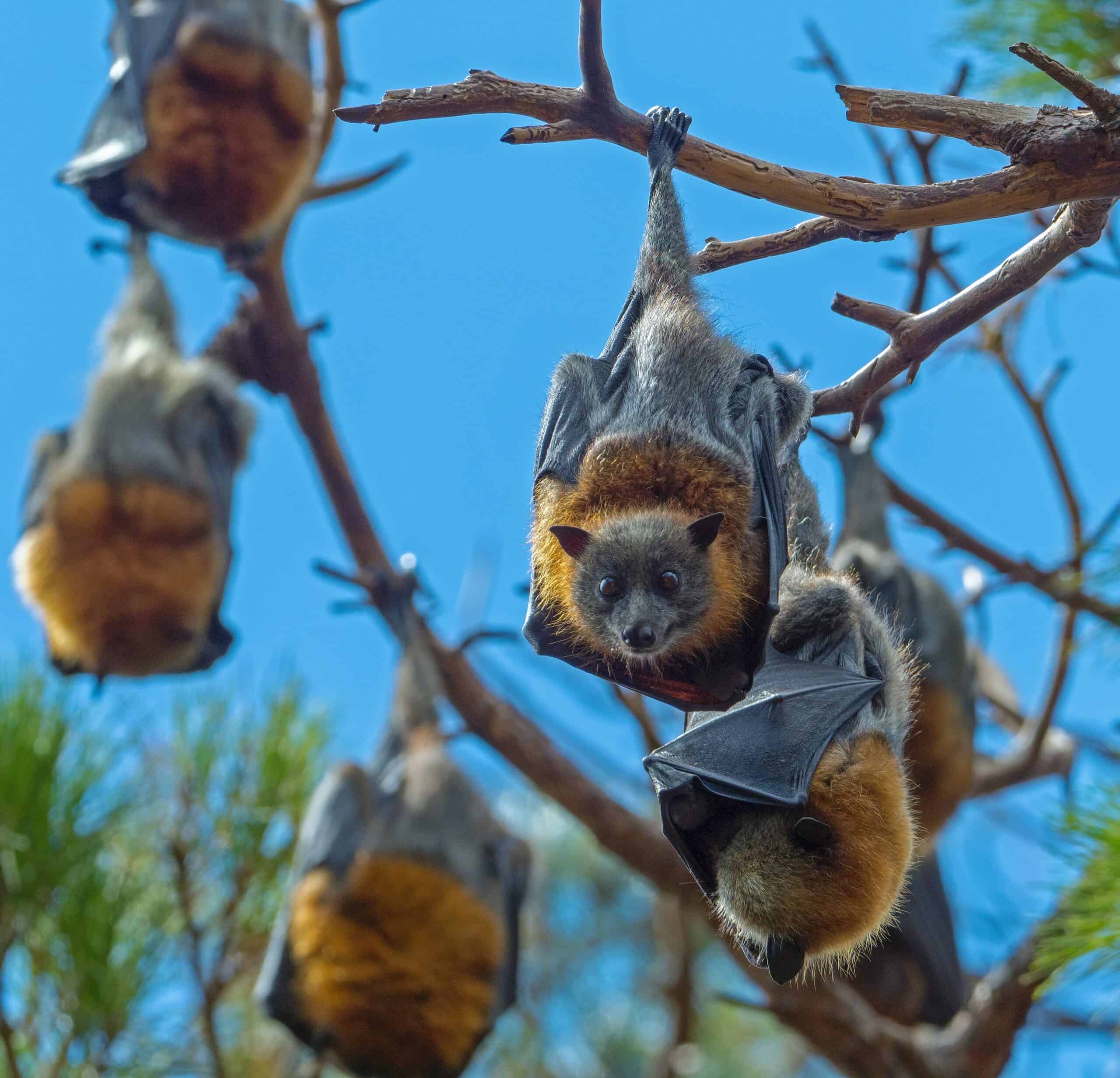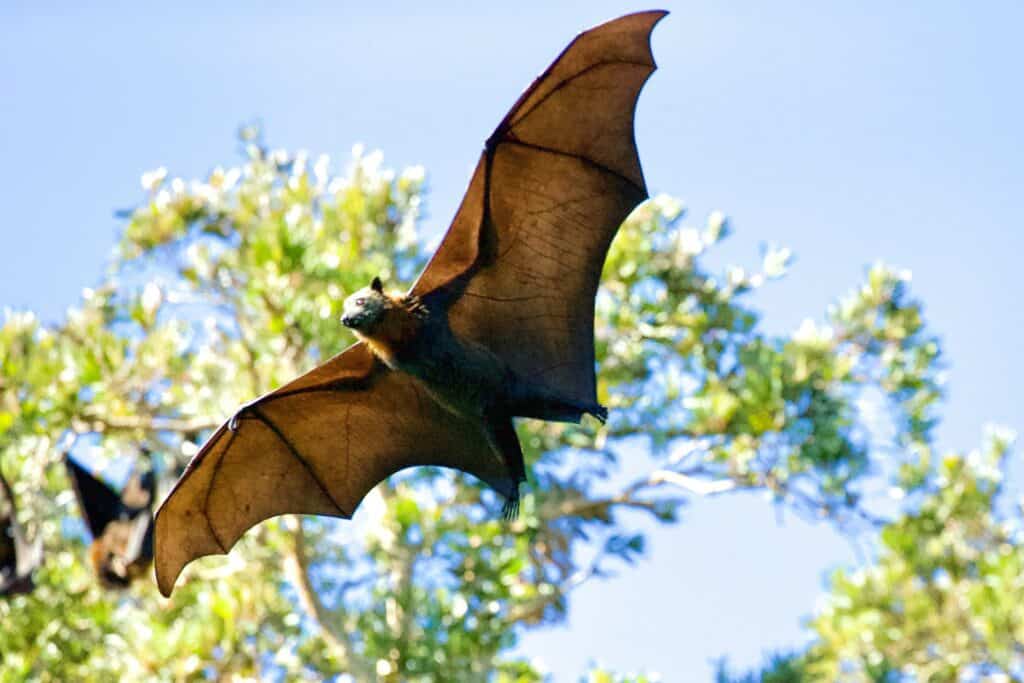Bat Solutions
Get A Quote Today!
Bats are beneficial to our environment by helping to manage insect populations and pollinating plants. Despite their environmental benefits, they can become a nuisance and bring about potential health risks when they roost in, or near, human dwellings.
With a better understanding of their characteristics, and by implementing preventative control measures, it is possible to manage and prevent any unwanted issues associated with their presence:

Types of Bats
There are numerous bat species worldwide, but some common types found in North America include:
Little Brown Bat (Myotis Lucifugus)
These bats are small with brown fur and can form large colonies. They typically roost in caves; trees; and man-made structures.
Big Brown Bat (Eptesicus Fuscus)
Big brown bats are medium-sized with dark brown fur. They are adaptable and commonly roost in buildings; attics; and trees.
Mexican Free-Tailed Bat (Tadarida Brasiliensis)
These bats have long, narrow wings and a tail that extends beyond the tail membrane. They are known for forming large colonies in caves; buildings; and bridges.
Prevention Tips for Bat Control
Seal Entry Points
Inspect the exterior of your home for any openings that bats could use to enter. Seal cracks, gaps, and holes in the foundation, walls, roof, and vents using caulk, screens, or other appropriate materials.
Install Bat Houses
Provide alternative roosting options for bats by installing bat houses in suitable locations on your property. These structures mimic natural roosting sites and can help attract bats away from your home.
Outdoor Lighting
Bats are attracted to insects, so minimize outdoor lighting, especially near areas where bats are not desired. Use motion-sensor lights or low-intensity yellow or red lights that are less attractive to insects.
Remove Attractants
Reduce outdoor attractants that can draw bats near your home, such as standing water sources that attract insects or fruit-bearing trees that attract bats seeking food.
Trim Vegetation
Trim trees and shrubs around your home to create a buffer zone that discourages bats from roosting directly against the building.
Maintain Screens and Chimneys
Install screens on windows; doors; and vents to prevent bats from entering. Use chimney caps to prevent bats from roosting in chimneys.
Treatment for Bat Control

Exclusion
If bats have already taken up residence in your home, consult a professional wildlife control expert to safely and humanely exclude them. This process involves identifying entry and exit points and installing devices that allow bats to leave but prevent their re-entry.
Professional Assistance
Due to the protected status of bats, as well as their potential health risks, it is advisable to seek professional assistance for bat control. Wildlife control experts have the knowledge, experience, and equipment to handle bat-related issues effectively and in compliance with applicable laws and regulations.
It is important to note that bats are protected in many areas, and killing or harming them is illegal and environmentally harmful. Therefore, it is best to focus on preventive measures and seek professional assistance when dealing with bat-related issues. If you suspect a bat infestation or encounter bat-related concerns, contacting a wildlife control professional is recommended for safe and effective resolution.
